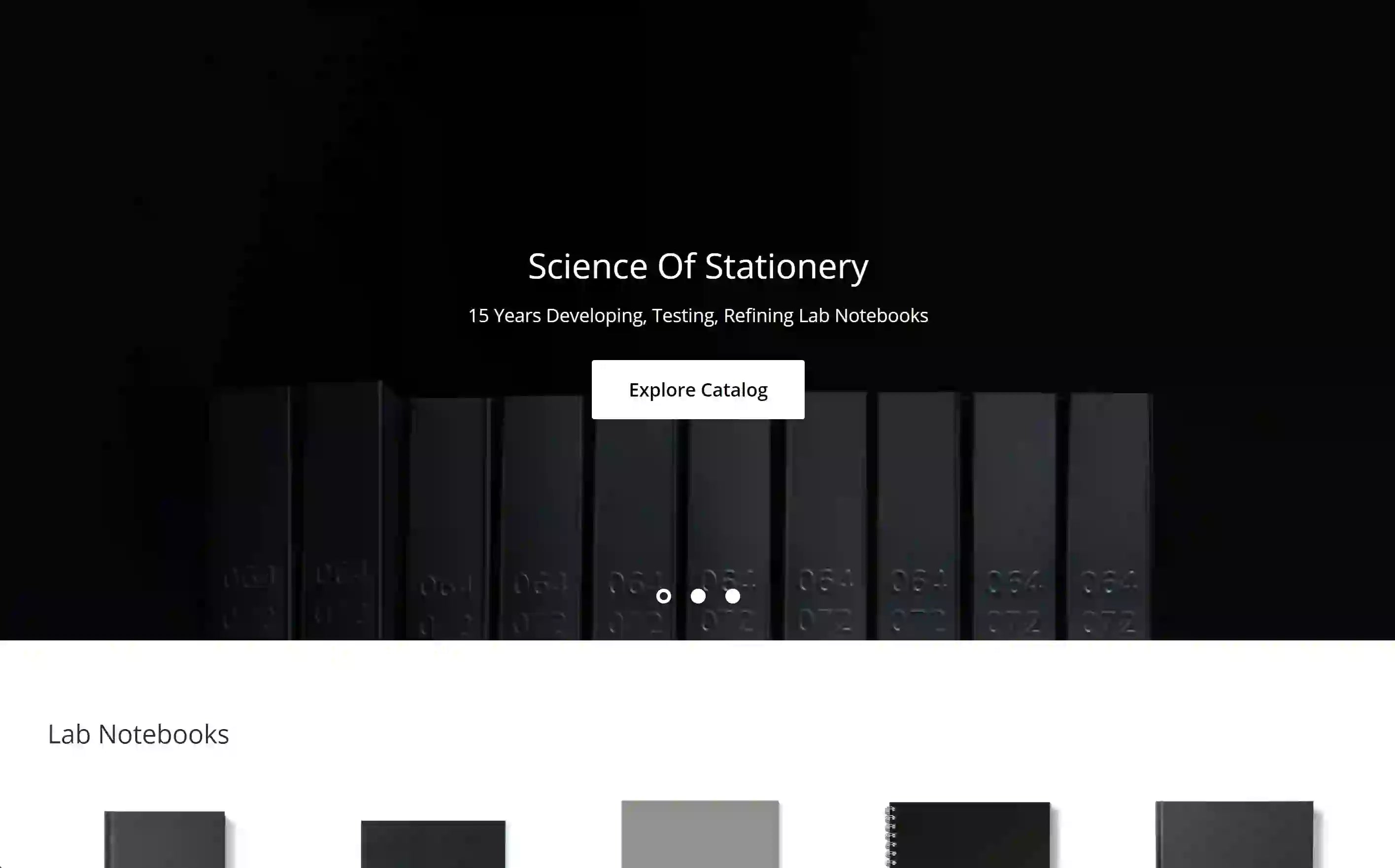User Guides
All Vela guides and documentation are free to use for educational purposes. To keep this library available and growing, please do not distribute or use any of the attached in any commercial capacity or remove any of the Vela branding. Thank you, and be sure to check back regularly for new content!
OWNERSHIP:
This laboratory notebook is the property of [Organization Name]. Unless currently archived, the care and maintenance of this notebook and its associated files are the responsibility of the notebook’s author or the last person charged with its care. Immediately report any damage or loss of notebook material to laboratory management
GENERAL NOTEBOOK USEThe purpose of this notebook is to provide a thorough record of your research progress and document your scientific thought. The notebook should provide enough details to enable other scientists to repeat your experiments and acquire the same results. The following guidelines can help meet this requirement:
1. Each entry should record (A) the title and date of the experiment, (B) the introduction and purpose of the experiment, (C) The experimental plan/procedures, (D) observations and data, (E) discussion, and (F) conclusions.
2. The front of the notebook should include a table of contents that provides a quick reference to experiments and associated data.
3. All entries should be written in ink and erasures are prohibited. To correct a mistake, draw a single line through the inaccurate notebook material along with the date and your initials. Use of Wite‐Out or scribbling out errors is prohibited.
4. Data and observations should be written directly into the notebook. Recording on loose scrap paper should be avoided. If paper is used, it should be signed, dated, and securely attached to the notebook as soon as possible.
5. Entries should be signed by the author and an independent witness as soon as possible to verify authenticity.
6. Blank space should be limited throughout the notebook to help safeguard it from tampering. Overlooked blanked pages or space should be marked out with an “X” or a signature and a date.
7. Page numbers must be consecutive throughout the notebook and entries should be presented in chronological order.
8. Never edit or remove old entries from the notebook, even if the data is discovered to be outdated or incorrect. Address these issues in a new notebook entry
9. Submit notebooks to storage after the author’s position in the lab is terminated, a project is completed or discontinued, or the incomplete notebook is left unused for two years.
10. Other types of entries not related to scientific experiments can also be recorded into this laboratory notebook. Some possible alternative entries include recording meeting minutes, original ideas, inventions, training records, and surveying literature.
